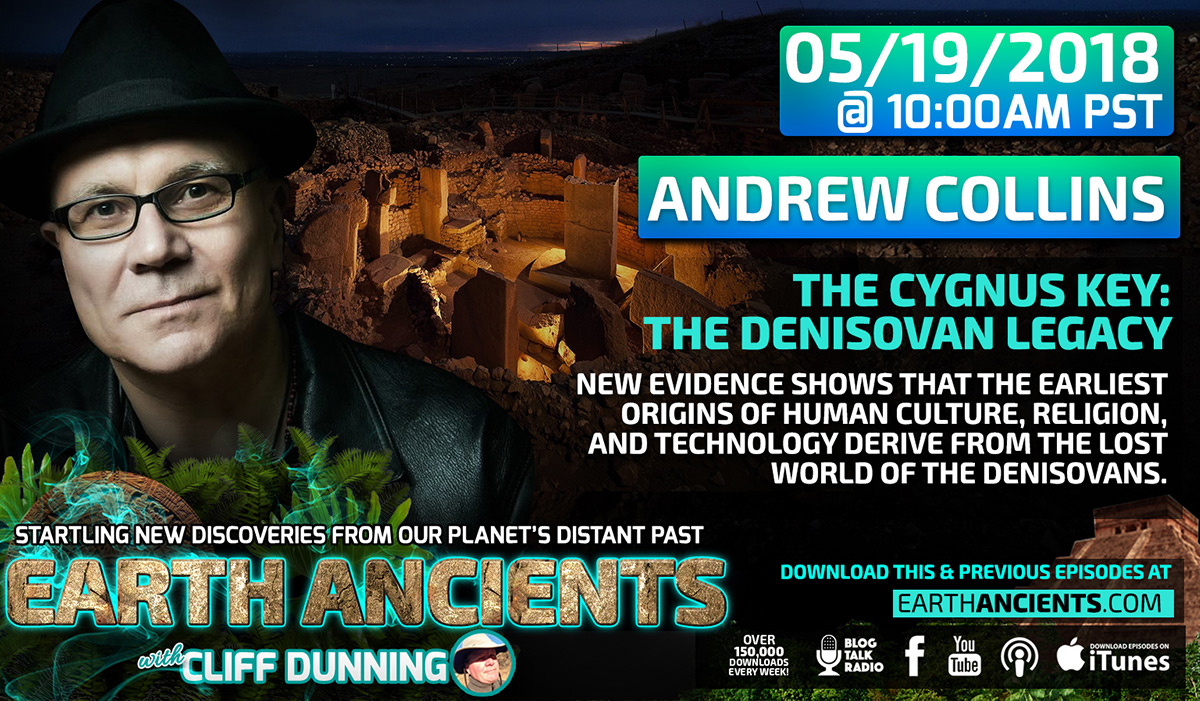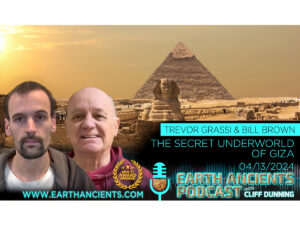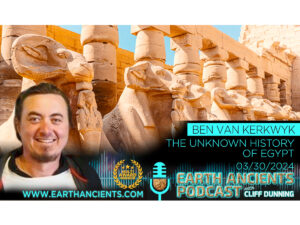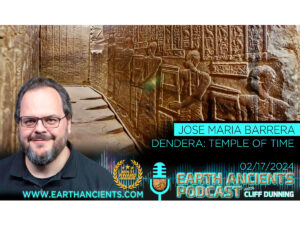Andrew Collins: The Cygnus Key and Denisovan Legacy
Built at the end of the last ice age around 9600 BCE, Göbekli Tepe in southeast Turkey was designed to align with the constellation of the celestial swan, Cygnus–a fact confirmed by the discovery at the site of a tiny bone plaque carved with the three key stars of Cygnus. Remarkably, the three main pyramids at Giza in Egypt, including the Great Pyramid, align with the same three stars. But where did this ancient veneration of Cygnus come from?
Showing that Cygnus was once seen as a portal to the sky-world, Andrew Collins reveals how, at both sites, the attention toward this star group is linked with sound acoustics and the use of musical intervals “discovered” thousands of years later by the Greek mathematician Pythagoras. Collins traces these ideas as well as early advances in human technology and cosmology back to the Altai-Baikal region of Russian Siberia, where the cult of the swan flourished as much as 20,000 years ago. He shows how these concepts, including a complex numeric system based on long-term eclipse cycles, are derived from an extinct human population known as the Denisovans. Not only were they of exceptional size–the ancient giants of myth–but archaeological discoveries show that this previously unrecognized human population achieved an advanced level of culture, including the use of high-speed drilling techniques and the creation of musical instruments.
Andrew Collins has been investigating the idea of advanced civilizations in prehistory since 1979. He is the co-discoverer of a massive cave complex beneath the Giza plateau, now known as “Collins’ Caves.” The author of several books, including From the Ashes of Angels and Gobekli Tepe: Genesis of the Gods, he lives in Essex, England.
Adam Young’s Media Suggestions:
1) “The Mysterious Origins of Man” with Charlton Heston
This is loosely based on the book Forbidden Archaeology by Michael Cremo and uses some of the same examples cited in the book. Metal tools and instruments discovered in million-year-old rock strata, human footprints contemporaneous with dinosaurs, and radiometric dating of human sites in the Americas from over 200,000 years ago are some of the examples presented. Graham Hancock and other well-known researchers also make appearances.
2) National Geographic’s “China’s Ghost Army”
All about the terracotta army found in a PYRAMID in China. Yes, a pyramid! There were rumored to also be large quantities of liquid mercury on the site as well as other anomalies.
This website offers additional information about the pyramid complex and some of the associated structures. The main pyramid was apparently 100 meters high. https://www.geolsoc.org.uk/Geoscientist/Archive/April-2010/All-under-heaven







